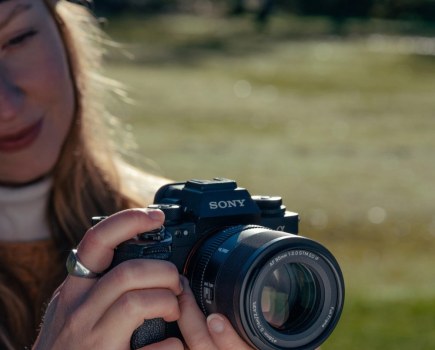In partnership with Canon
Travel broadens the mind and gives inspiring opportunities to try a range of skills, from street to portraiture. Here’s how Canon’s EOS R mirrorless system can make the most of your upcoming photo adventures
Travel, home and abroad, plays a major part in our lives and naturally we want to record our adventures. Most people use their smart phones and with their features, portability and convenience that makes sense and of course they are capable of fine results.
Wide lens range
Investing in a mirrorless camera with the potential of interchangeable lenses is the next step and Canon has an excellent range of EOS R cameras supported by a huge system of lenses to cover all needs and budgets. The challenge is deciding which kit to go for but one major advantage of Canon’s line-up is that key technologies are deployed across its range, from budget-friendly models to top-end pro models.
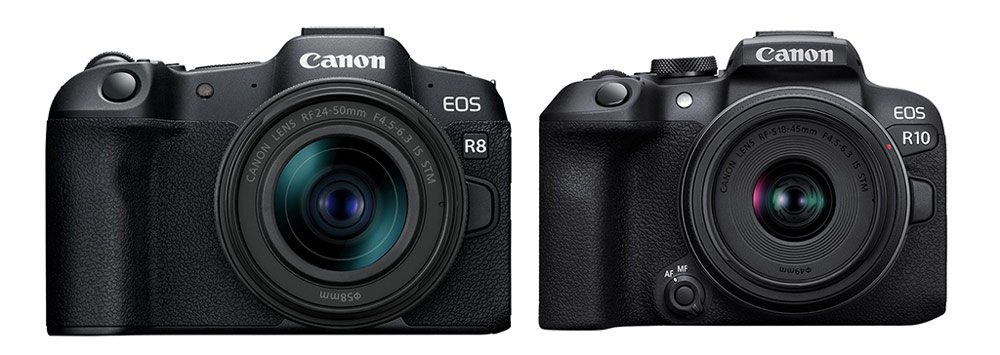
While the idea of travelling to far-flung exotic places appeals, the actual process can be a tiresome, glamourless chore and it can even be a challenge with a sizable camera outfit. Clearly, it depends on your photo aspirations for trips but as a keen photographer you’ll probably pack a camera or two, several lenses, filters, a tripod and even a laptop, plus spare batteries, memory and leads. It’ll probably easily fill a decent-sized backpack.
If you’re driving, this level of outfit is not a problem and you have the freedom and flexibility to take even more, but you don’t usually have that level of flexibility if you’re flying. Hand baggage restrictions vary from airline to airline and many offer the option of paying for more capacity but it pays to think about your packing arrangements beforehand.
For example, many airlines allow two items of hand baggage, so rather than one big backpack use two smaller bags and divide kit across them. One slides under the seat in front and the other is small enough to fit the overhead locker even on busy flights. A jacket or coat with big pockets offers more carrying capacity too.
Understanding Canon’s R mirrorless system
The kit you own plays its part too and while having two camera outfits for different situations sounds a great idea, it’s not a practical proposition for most of us.
However, if you are a frequent traveller and currently own a DSLR outfit, it could be well worth swapping for a mirrorless system. Canon EOS R mirrorless cameras come in two formats. The smaller APS-C format uses a sensor measuring 22.3×14.9mm while the long established 35mm format measures 36x24mm. Generally speaking, the larger the image format, the bigger and heavier the camera kit.
The EOS R100 and EOS R7 are APS-C format and, body only, cost £459 and £1349 respectively and in between sit the EOS R50 and EOS R10 so there’s no shortage of options in the Canon EOS R range. The EOS R100 is available with a RF-S 18-45mm F4.5-6.3 IS STM lens for £569.99, which is a bargain way to buy into the Canon EOS R eco-system. With a 24.1MP sensor, accurate AF and much more, the EOS R100 is a great way for the phone photographer looking to upgrade their stills and video capture.

With cropped APS-C sensor cameras being smaller and lighter, they are more suited for walking around all day. However, it is true that full-frame models such as the EOS R8 are very portable too. The body weighs just 461g and is nicely priced at £1299. It impresses on the feature front too with a 24.2MP sensor, a top ISO for stills of 102,400 and the ability to shoot bursts at 40fps to capture that perfect instant in time.
There are pros and cons to each format but for keen photographers both can deliver professional quality results. There is a notable benefit of the APS-C format that is especially useful for wildlife and action photography that need long telephoto lenses. The format’s smaller size means that a 100mm focal length lens behaves like a 160mm lens in the 35mm format. This is known as the crop factor which is 1.6x with Canon APS-C format cameras.
Organising optics
Speaking of lenses, it is often here where a camera outfit very quickly gets bigger and heavier, depending on your interests. Canon EOS RF lenses work fine with both APS-C and 35mm format EOS R cameras and there is an extensive range covering all key focal lengths. RF-S lenses, which are designed specifically for its APS-C format cameras, are lighter and smaller compared with an equivalent 35mm format lens.
RF-S lenses can be used on full-frame EOS R cameras and the camera will automatically switch to the 1.6x crop mode when the lens is mounted. As RF-S lenses are a recent addition to Canon’s range there are just five currently available but the selection will certainly grow.
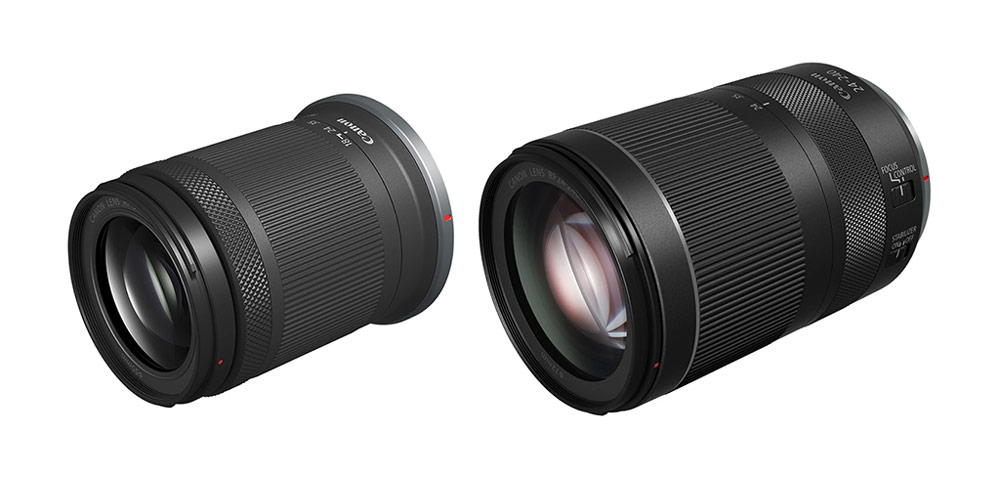
Your lens strategy is directly governed by what you like to photograph which in turn will have a significant impact on the weight of your bag. A popular example is wildlife photography. Generally, wildlife is some way from the camera position, so you need a long telephoto lens to record the distant subject a decent size in the frame. This type of lens is physically bigger and heavier than shorter focal lengths so if this type of photography appeals to you, be prepared for a serious burden.
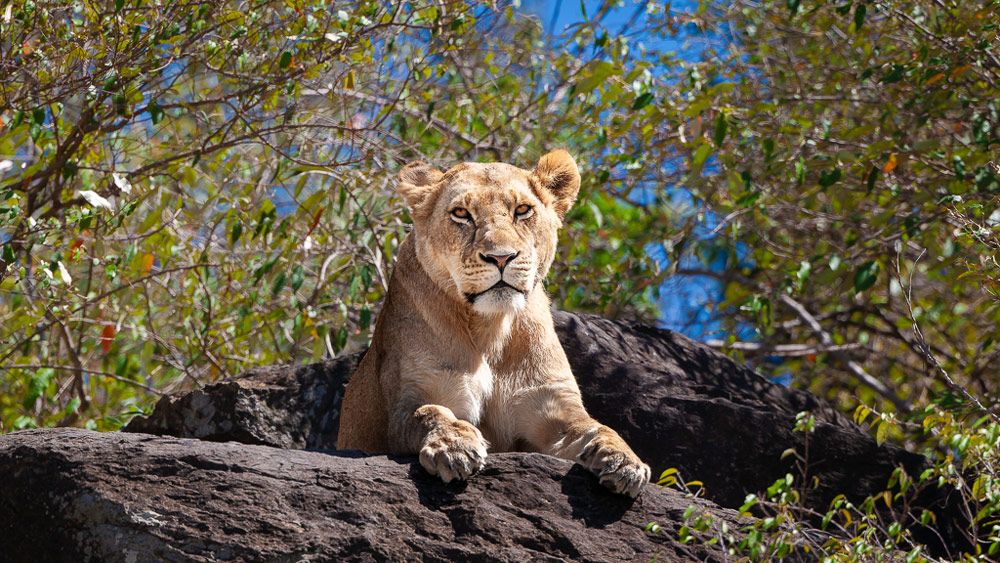
Most photographers enjoy a broader range of interests so need a selection of lenses to cover from wide-angle to telephoto. How you go about covering this depends on your budget and how you like to work. So, for example, you could take the ‘trinity’ approach. In the Canon RF lens system you could take the f/2.8 trinity which includes the RF 15-35mm F2.8L IS USM, RF 24-70mm F2.8L IS USM and RF 70-200mm F2.8L IS USM.
This potent trio is a serious commitment and quite hefty at around 2.8kg, but having that lens range gives plenty of shooting flexibility. Also, when light levels drop, having the f/2.8 maximum aperture means you can keep the shutter speed high to stop movement or the ISO low for superior picture quality. There’s also the creative benefit and being able to shoot with such a wide aperture will throw backgrounds out of focus in people photography.
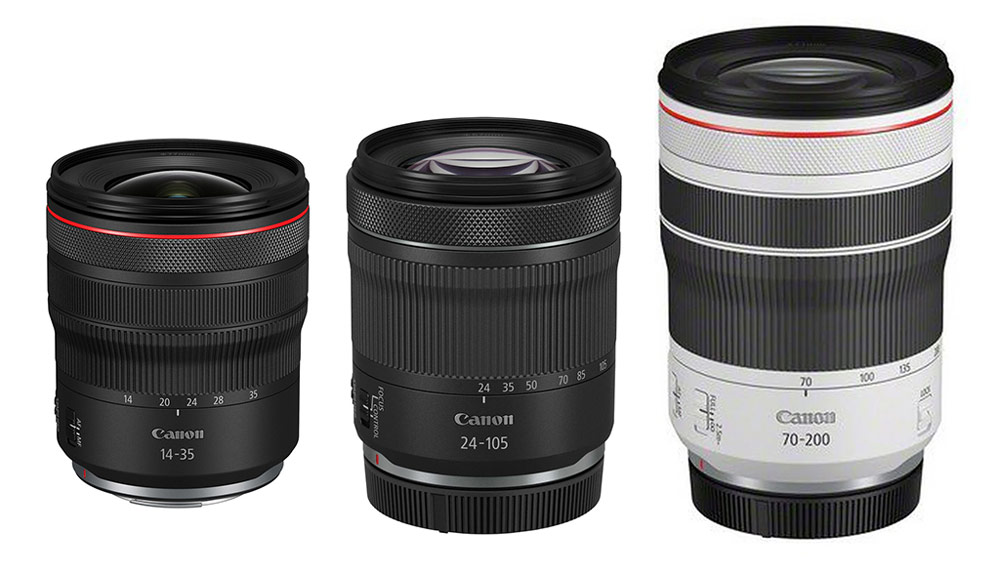
At a lower cost and with a weight saving, consider the f/4 trinity. Compared with the f/2.8 trio, the RF 14-35mm F4L IS USM, RF 24-105mm F4L IS USM and RF 70-200mm F4L IS USM save money, give almost identical focal length coverage and weighs just under 2kg. Having slower lenses sounds a serious negative but Canon EOS R cameras give beautiful images even at sky-high ISOs and image stabilisation, in-body and in-lens, means dropping down to slower shutter speeds is no problem. So, in practice having an f/4 maximum aperture is not an issue unless all you shoot is action.
The three (or more) lens approach might not appeal and you could travel with just one lens to cover every occasion. For that, the RF 24-240mm F4-6.3 IS USM is attractively priced at £960 and gives wide-angle to telephoto coverage, and while its maximum aperture might not be anything to shout about, it’s a fabulous lens for travel.
Prime choice
Another option is to stick with prime or fixed focal length lenses which are lightweight, compact and boast fast maximum apertures. In Canon’s family, you could go for the RF 16mm F2.8 STM, RF 24mm F1.8 Macro IS STM, RF 50mm F1.8 STM and RF 100mm F2.8L Macro IS USM. That’s a fine quartet suitable for many subject areas and not too much of a burden for travel.
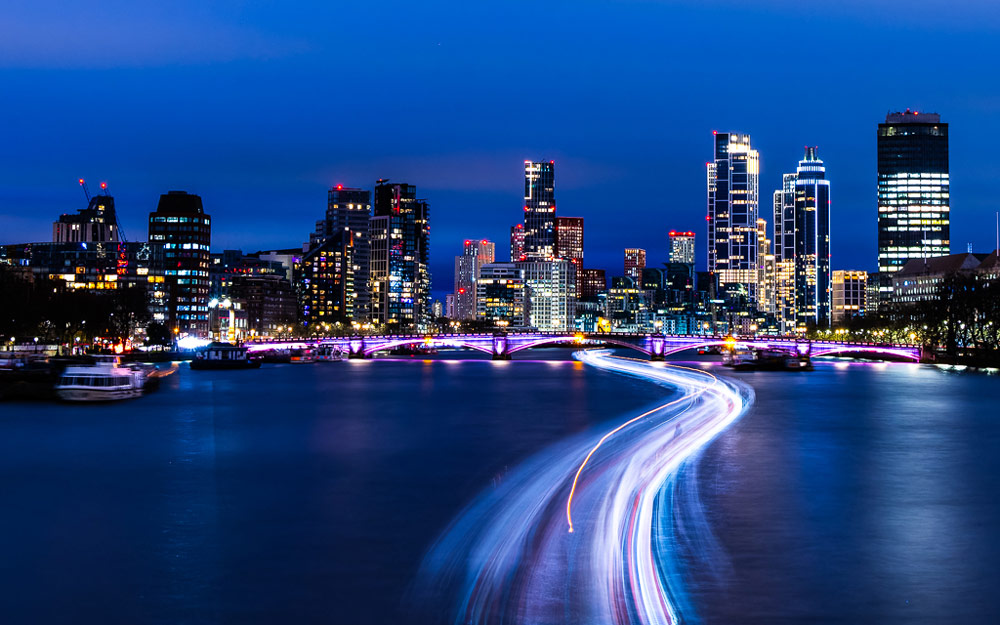
Building a lens system is an organic process that takes time and you can mix and match the combinations we discussed above to suit your needs and budget, and there is no right or wrong. Whatever your approach, the Canon system gives plenty of options, and once you have your lens system, you need to make the most of them by focusing correctly.
Fix the best lens in the world on the camera and it won’t show its true colours if its autofocus skills are below par. There is no risk of that with Canon cameras and its EOS R range utilises the latest focusing technologies.
Canon’s Dual Pixel CMOS AF has been used on the brand’s cameras for many years and it’s featured across the EOS R mirrorless range, with several models using the latest Mark II variant. It’s renowned for focusing accuracy, speed and responsiveness across all sorts of lighting.
Essentially, this technology works at pixel level where each individual sensor is divided into two halves and each receives light through separate micro lenses. The data from the two channels is then analysed incredibly quickly to determine whether the subject is in focus or not, then tells the lens which way to adjust to give an in-focus image, whether that is shooting stills or video. All this happens almost instantly thanks to Canon’s high-speed DIGIC image processors and the innovative RF lens mount that features 12 pins for lightning-speed communication between camera body and lens.
A selection of focusing patterns to suit different scenarios, subject and eye-detect AF and case studies are among the AF fine-tuning options available on Canon EOS R cameras. Correct set-up is important so it’s worth spending a little time getting to know the best combination of settings to use for different subjects.
And finally, travel safe…
Before you set off, just a couple of reminders. If you haven’t already, list your kit with their serial numbers and store the details somewhere safe. Before leaving home, make sure your kit is insured, either on a home policy or a dedicated camera insurance policy.
Wherever you travel, stay alert and be aware of your surroundings. Look after yourself and your valuables and take simple precautions. In busy areas, you might be best stowing camera out of sight until you start shooting and then keeping the camera around your neck, and when you’re travelling around, keep zips fully done up on your backpack. Just take care, and capture memorable photos to be proud of.




